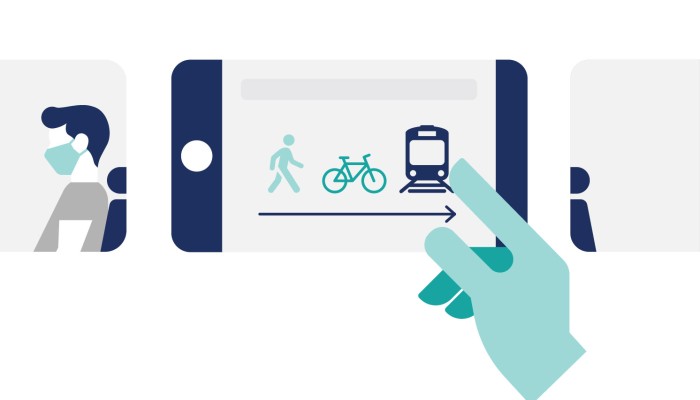A journey to achieving carbon net zero by 2045
As a public entity of the Scottish Government, ScotRail is bound to the Government’s legally binding target of achieving carbon net zero by 2045.
As part of our periodic and annual reporting, we set annual energy reduction targets. These are then reported to Scottish Rail Holdings, the Scottish Government arm’s length organisation, acting on behalf of the Scottish Government / Transport Scotland.
Progress to these periodic and annual targets are reported via our governance reporting processes. The data is internally assured via the management system which is externally accredited to IS0 14001 and 50001.
Our utility data is validated and checked to ensure the utilities we consume are accurate and correct. We are provided with six-monthly and annual external validation of our progress against science-based carbon pathways. This enables the strategic management and progress towards net zero.
This approach enables us to plan and seek investment in short-term activities (one to three years) that improve energy efficiency and eliminate fossil fuel consumption by switching to renewable energy sources. While also enabling medium (three to five years) and long term (five+ years) planning of investment required by the Scottish Government in decarbonised and climate resilient new trains, vehicles, machinery, and infrastructure.
75% of ScotRail journeys are made on electric trains powered by non-fossil fuel energy. And the energy we consume in our stations and depots is sourced from 100% UK produced green renewable energy. We have seen significant decreases in our overall carbon emissions compared to our 2019/20 baseline year.
However, there is still a long way to go to fully achieve net zero and the continued electrification and decarbonisation of the rail network will enable this.
Find out more about these plans
What you can do
If you have any questions or would you like to chat about our net zero plans or science based carbon target pathways, please get in touch with [email protected] .


